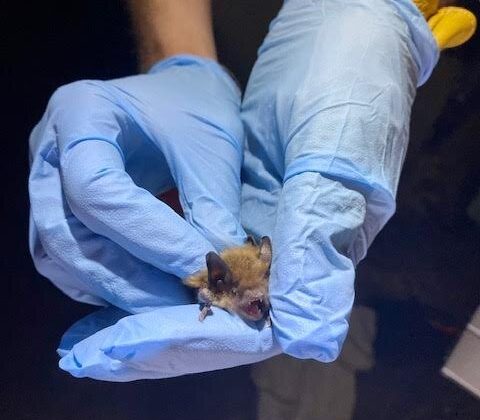
Bats are asymptomatic carriers of a multitude of viruses that are pathogenic to most other mammals. How has their immune system evolved to shield them from these pathogens?
A team of scientists—the majority affiliated with the CNRS, Claude Bernard Lyon 1 University, and ENS de Lyon—has just published an article in Science Advances addressing that question.
Part of the explanation may lie in the number of copies and diversification of the gene encoding the PKR enzyme, which is involved in the immune response to viruses. While most mammals possess a single copy of this gene, some bats have several copies, allowing them to diversify their antiviral repertoire and thus defend themselves from a wide range of viruses. This has been made possible in bats by the accumulation of multiple copies of the PKR gene, each subjected to positive selection during the evolution of these animals.
To reach this conclusion, the team of researchers adopted an interdisciplinary approach integrating genetics, evolution, molecular and cellular biology, virology, and field data. They delved into the evolutionary history of the PKR gene in various bat species and analyzed, at the molecular level, the adaptations these animals acquired after facing epidemics in the ancient past. Their work contributes to our understanding of viral transmission between host species.
More information:
Stéphanie Jacquet et al, Adaptive duplication and genetic diversification of protein kinase R contribute to the specificity of bat-virus interactions, Science Advances (2022). DOI: 10.1126/sciadv.add7540
Journal information:
Science Advances
Source: Read Full Article
